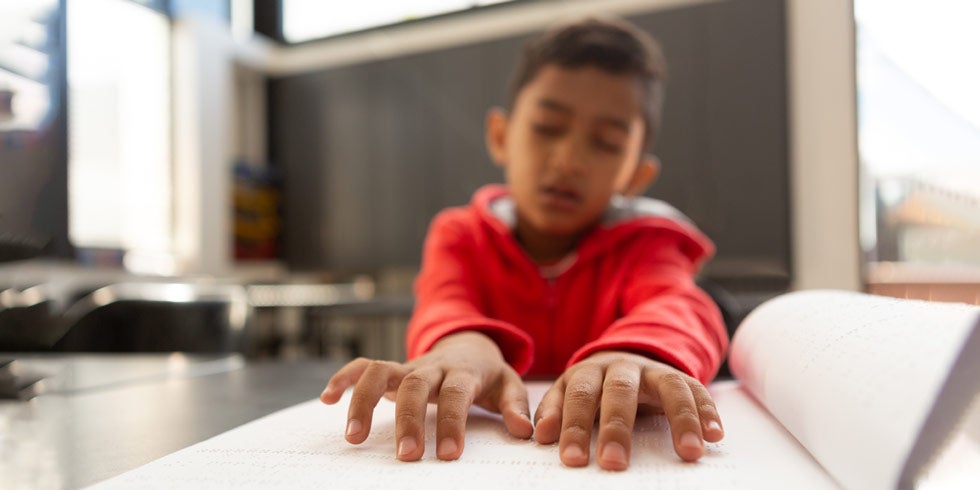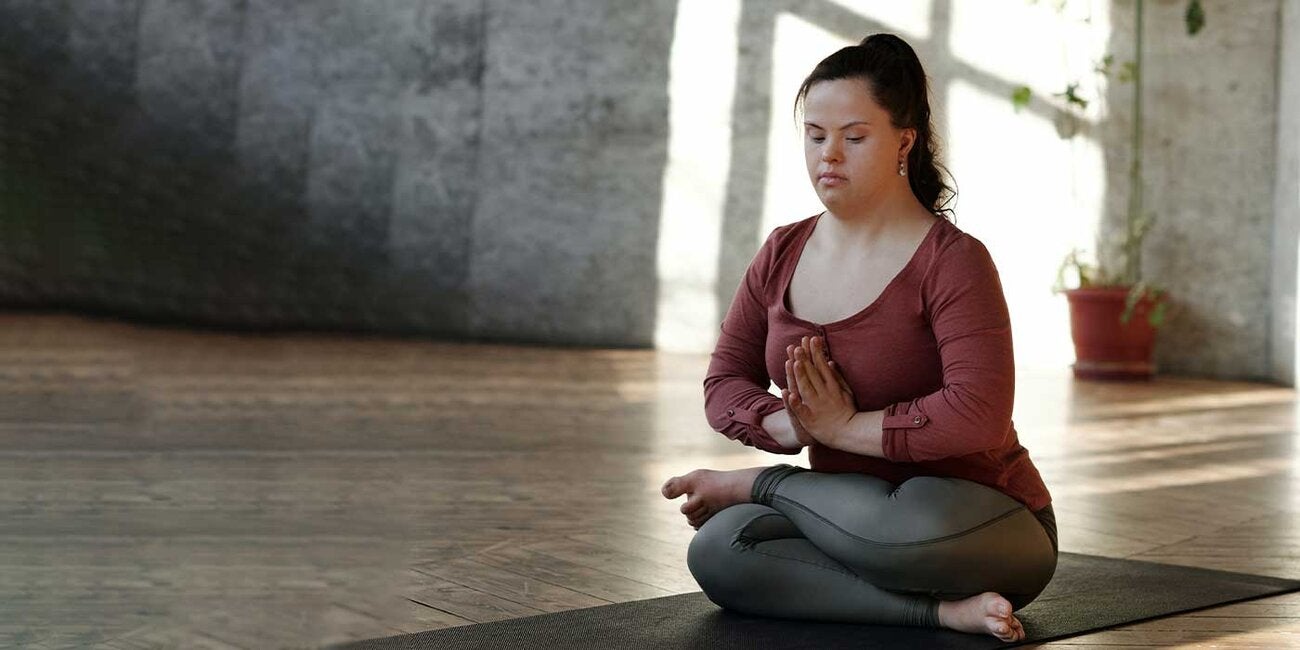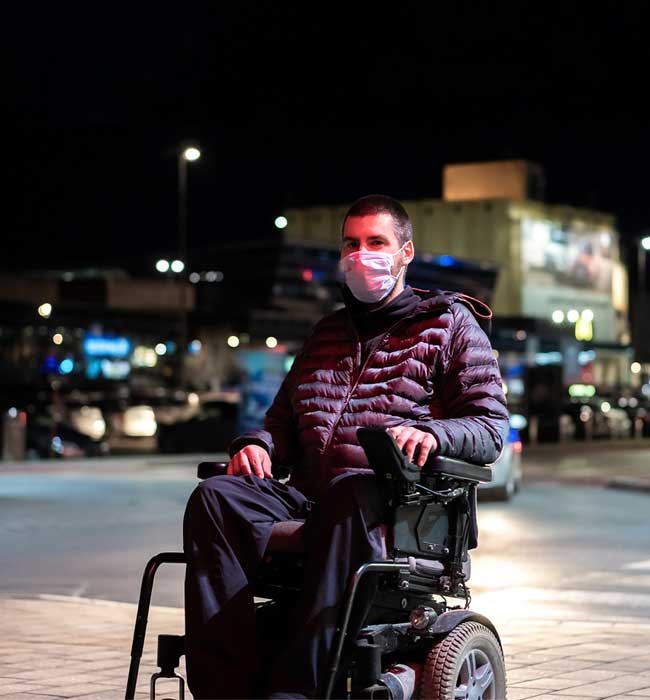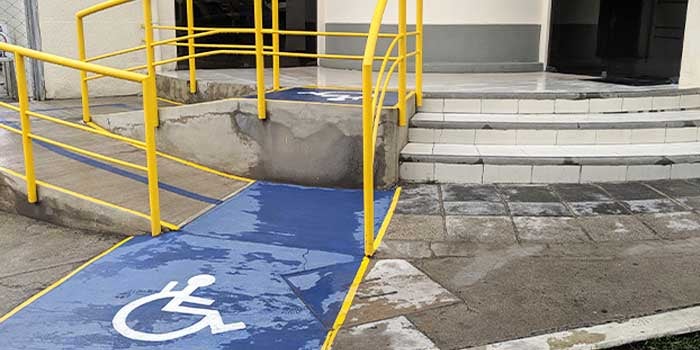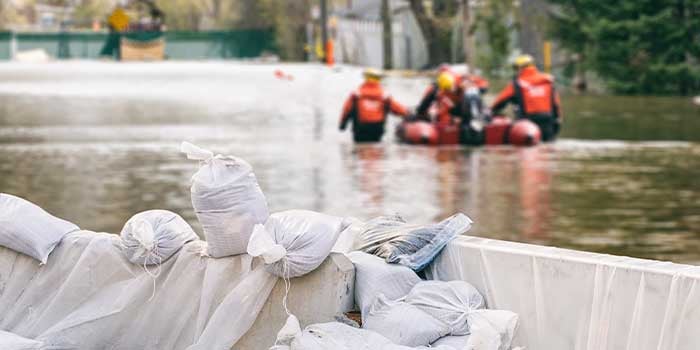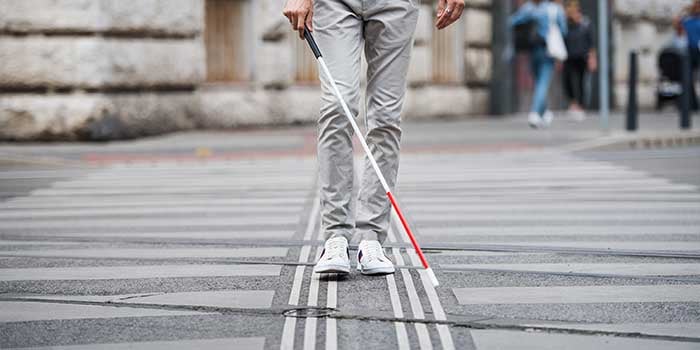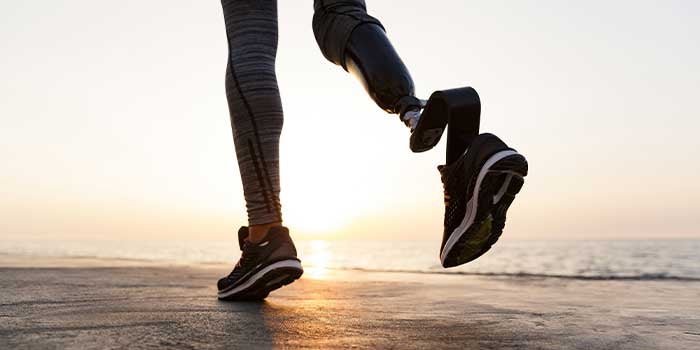People with disabilities experience significant health inequalities compared to those without disabilities. In this area of work, PAHO seeks to improve health equity and inclusivity of the health system for people with disabilities in line with key Regional and Global human rights frameworks.
Persons with disabilities include those who have long-term physical, mental, intellectual or sensory impairments which in interaction with various barriers may hinder their full and effective participation in society on an equal basis with others According to the World Report on Disability, around 15% of the population lives with some form of disability. Women are more likely to experience disability than men and older people more than young.
In recent years, the understanding of disability has moved away from a physical or medical perspective to one that takes into account a person’s physical, social and political context. Today, disability is understood to arise from the interaction between a person’s health condition or impairment and the multitude of influencing factors in their environment.
Great strides have been made to make the world more accessible for people living with disability; however, much more work is required to meet their needs.
- Almost 12% of the Latin American and Caribbean population is thought to live with at least one disability, representing around 66 million people.
- All countries and territories of the Region have signed the UN Convention on the Rights of Persons with Disabilities. 34 countries have ratified The convention .
- 17 Countries have signed the Inter-American Convention on the Elimination of All Forms of Discrimination Against Persons with Disabilities
- People with disabilities are 2-4 times more likely to die in disasters and emergencies than those without disabilities.
- Many health facilities and services are inaccessible for people with disabilities. Barriers that are faced by people with disabilities include inaccessible health spaces, communications barriers, lack of training of professionals, financial barriers.
The disability programme provides leadership and technical cooperation to member states on the needs and inclusion of people with disabilities within public health programming. This involves a particular focus on four specific areas:
- promoting health equity for people with disabilities in the Americas, through accessible and inclusive health systems;
- improving inclusive emergency preparedness and response mechanisms (led by PAHO’s emergency department);
- strengthening the collection of data and evidence on disability;
- promoting community based inclusive development/community based rehabilitation as a means to implementing the CRPD and empowering people with disabilities and their communities.
As disability and development is a multisectoral approach, PAHO collaborates with different agencies of the UN and international system to advance these efforts. This includes the Organisation of American States (OAS), the United Nations Economic Commission for Latin America and the Caribbean (CEPAL), the Interamerican Development Bank (IDB), United Nations Children's Fund (UNICEF), UN Women, the United Nations Population Fund (UNFPA), the UN Partnership to Promote the Rights of Persons with Disabilities (UNPRPD), the United Nations Office for Disaster Risk Reduction (UNDRR), and others.
PAHO also works to strengthen habilitation, rehabilitation and assistive technologies for all people, including those with disabilities.


